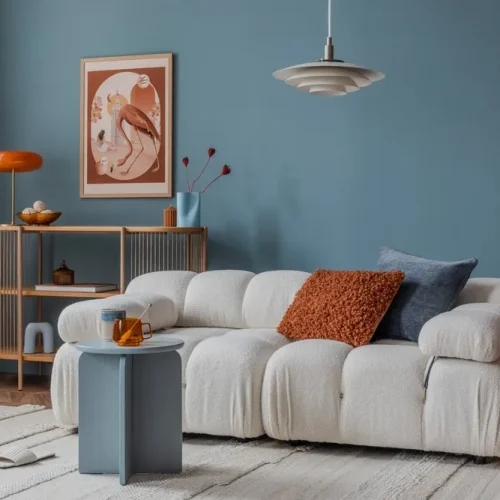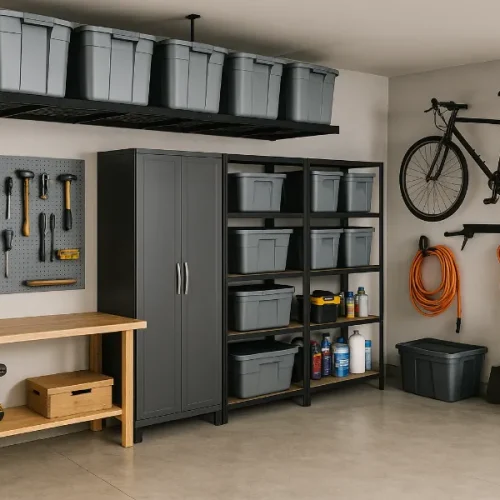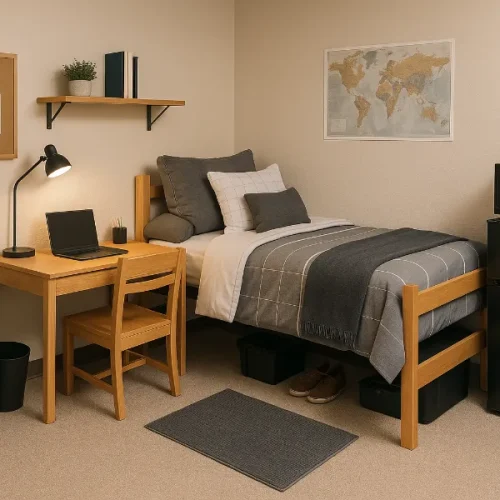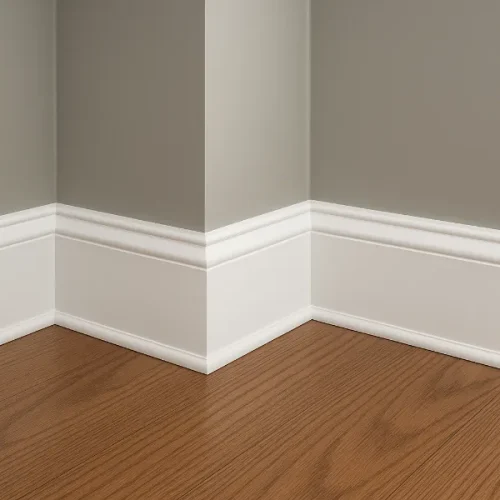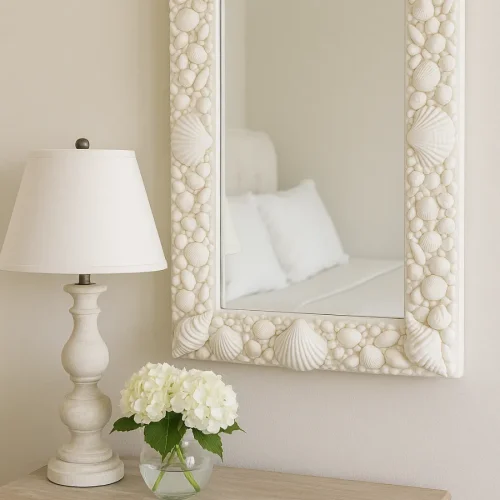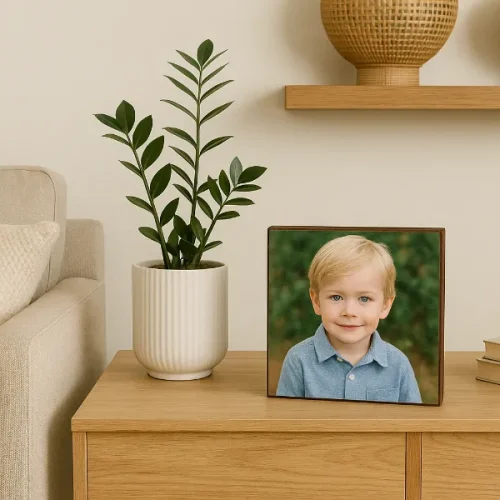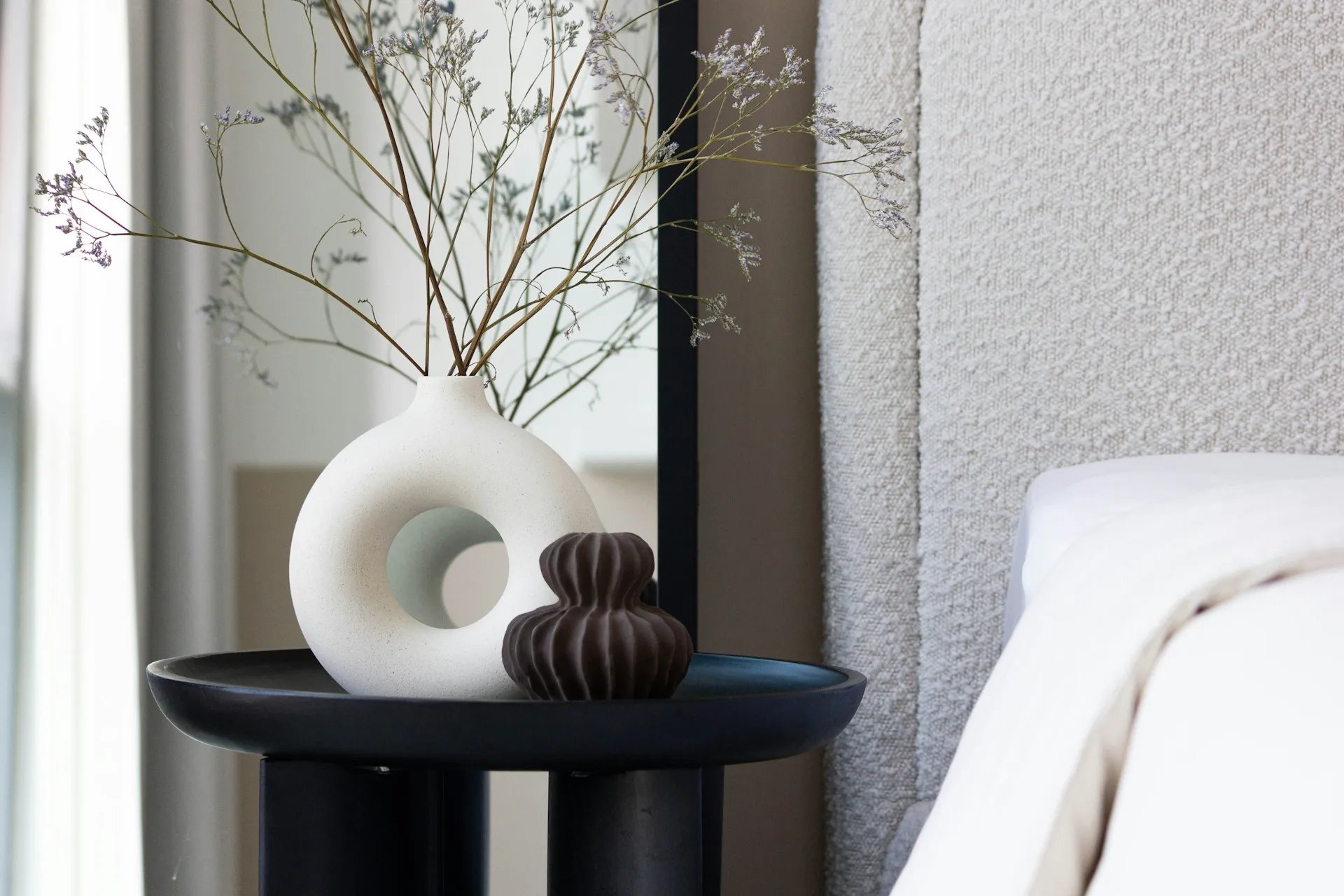
Living in a small apartment, dorm room, or first shared rental can feel limiting. You want your place to look warm, expressive, and put-together, but your wallet often says otherwise. Most décor advice online tends to assume you have a full workshop, access to expensive stores, or the skills of an interior designer. Students need something different – décor ideas that feel personal, affordable, and achievable even when you’re balancing classes, deadlines, or long study weeks.
That’s why budget home décor has become so popular. It’s not about filling your place with cheap items. It’s about transforming what you have, upgrading your space piece by piece, and creating a home that feels like you.
Some students build these projects into their weekend routines, especially when academic pressure rises and they need a break from screens or long assignments. Others turn to support systems, including using nursing papers for sale during heavy academic stretches, so they can enjoy a few creative hours without stressing over deadlines.
A cozy, organized space can change the way you study, sleep, and move through your day. And when people like Annie Lambert, who writes about balance and routines within an essay writing service, remind students to build comfort into their environment, it becomes clear why home décor matters more than it seems. With a few clever strategies, anyone can design a space that feels lighter, warmer, and much more functional – even on the smallest budget!

Start With What Your Room Already Has
The easiest and cheapest place to begin decorating is recognizing what you already own. Many students buy new décor before checking what they can repurpose. The key is to walk around your room and ask a simple question: What can stay exactly as it is, and what can be slightly transformed?
You might already have a decent lamp that only needs a new shade. An old side table might look brand new with peel-and-stick wallpaper. A plain drawer chest becomes interesting with new handles. One free Saturday afternoon is enough to transform three or four items without buying anything expensive.
People often underestimate how powerful small visual changes are. A different lampshade, a stronger light bulb, a new throw blanket, or simply rearranging furniture can make a room feel fresh. This kind of upgrade is perfect for anyone who wants a calmer place to study but doesn’t want to spend a lot.
Master the Art of Peel-And-Stick Everything
Peel-and-stick solutions are magical for students. They’re cheap, removable, and renter-friendly. You can use them on furniture, walls, backsplashes, bookshelves, fridge doors, and even laptops if you want a matching theme.
Peel-and-stick materials come in hundreds of textures – marble, terrazzo, wood grain, tile patterns, linen, and even metallic finishes. With a $10 roll, you can turn a boring desk into something that looks modern and intentional. You can wrap plain kitchen shelves to make them look cleaner. You can add a small strip to the inside of your wardrobe to make it feel more organized.
The best part is that peel-and-stick upgrades don’t require precision. Even if you make a mistake, you peel it off and try again.
Create Zones Inside a Small Space
Even tiny rooms feel bigger when each corner has a purpose. This is especially helpful for students who study, relax, work, and sleep in the same space. With simple changes, you can divide one room into multiple zones:
- A study corner with a small lamp and tidy desk
- A reading nook using pillows and a section of floor or a chair
- A sleeping zone with a low light and minimal clutter
- A creative or social zone where you keep art supplies or games
Zones create structure. Your brain responds better to well-defined spaces, and your habits become easier to manage. When your study corner stays clean, you study faster. When your relaxation corner stays calm, you rest easier. A small room becomes functional when each zone has an identity.
Elevate Light Without Buying Expensive Lamps
Light is the biggest mood setter in a room. But you don’t need expensive lamps to change the atmosphere. Simple adjustments work wonders:
- Switch to warm bulbs if your room feels harsh
- Use string lights strategically around shelves
- Add a clip-on reading lamp for focused study time
- Reflect natural light with small mirrors near windows
You can also use light-colored curtains or sheer fabrics to make rooms feel bigger. Students often forget that lighting is more emotional than visual. A room that feels warm and balanced helps you concentrate longer and relax faster.
Midway through a semester, when workloads spike and some students search for online nursing papers for sale to keep deadlines under control, having a calming space becomes even more important. Soft, layered lighting can make late-night study sessions feel less draining.
Use Fabric to Transform Almost Anything
Fabric is one of the most powerful budget décor tools. With a single piece of fabric, you can:
- Hide storage boxes
- Cover an old chair
- Create a makeshift headboard
- Drape shelves to hide clutter
- Make a table runner or small wall art
Thrift stores often have scarves, tablecloths, and curtains for a few dollars. Layering fabrics adds texture, which instantly makes a room feel more intentional. Even mismatched pieces can look cohesive if they share colors or patterns.
Fabric also softens sound, making your study area quieter. In shared housing or dorms, this is a lifesaver.
Experiment With “Micro-Decorating” Instead of Big Overhauls
You don’t need to redo entire walls or buy all new furniture. Micro-decorating focuses on tiny, repeated upgrades that together create a big impact. For example:
- Add a small plant on your desk
- Display one meaningful object on a shelf
- Replace one old frame with a thrifted upgrade
- Add a single stylish pillow to your bed
- Introduce one consistent accent color
Micro-decorating works because it doesn’t overwhelm your time or budget. You can improve your room every week without feeling like you’re chasing a huge project.
Use Vertical Space Like a Pro
The easiest way to make a small room feel bigger is to stack upward. Vertical storage keeps floors clear and visually stretches the space. Use shelves, hooks, tall bookcases, or hanging organizers to keep items off the ground.
Hooks, especially, are underrated. Put them on the back of your door for bags, jackets, or scarves. Use them in the kitchen for utensils. Use them in the bathroom for towels. Hooks turn empty wall space into usable storage without drilling or spending much.
Decorate With Functional Items
One of the most useful principles in budget décor is choosing items that act as both decoration and utility. For example:
- A pretty mug becomes a pen holder
- A vintage pitcher becomes a vase
- Small baskets become open-air storage
- A decorative bowl becomes a catch-all tray
- A wooden crate becomes a bedside table
Functional décor reduces clutter while adding personality. Students often feel pressure to keep everything practical, but these small choices make your room feel curated without wasting money.
Rotate Seasonal Décor Without Buying More Stuff
Instead of buying seasonal decorations, create a rotation system. For example, use:
- A different blanket during fall
- A lighter color palette during spring
- One decorative piece that changes with seasons
- A seasonal scent or candle
- A small plant that represents the time of year
Seasonal changes make your room feel refreshed without spending money. They’re also fun creative breaks during stressful academic seasons.
Thrift, DIY, and Upcycle Before Buying New
Thrift stores are the best décor resource for students. You can find frames, baskets, lamps, small furniture, artwork, textiles, organizers, and storage boxes for a fraction of retail price. A little cleaning or a small DIY update can make thrift finds look brand new.
Before buying anything new, try these three steps:
- Can you repurpose something you already have?
- Can you find it at a thrift store?
- Can you DIY a simple version?
Only buy new if the answer to all three is no.
Personalize Your Space With Low-Cost, High-Meaning Items
A room feels like home when it reflects your personality. Photos, postcards, journals, notes, or small souvenirs make your space more emotional. You can also create inexpensive displays using a string and mini clothespins or stick-on photo corners.
Personal décor doesn’t cost much, but it makes a huge emotional difference. When you’re deep into finals and maybe juggling heavy projects like nursing papers, having these meaningful items nearby can help your motivation stay steady.
Build Décor Habits, Not One-Time Projects
The most successful budget décor approach isn’t about big weekend makeovers. It’s about small habits:
- Tidying your desk each night
- Rotating décor seasonally
- Refreshing one small corner each month
- Thrifting one new item every few weeks
- Reorganizing your study zone regularly
Habits turn your room into something that grows with you. You don’t need to wait for a perfect moment to decorate. Small updates build a room you love over time.
Final Thought
Budget home décor isn’t about how much you can buy – it’s about how creative you can get with what you already have. With small upgrades, smart storage, peel-and-stick magic, and personal touches, your room can become a comfortable place to study, rest, and recharge.
You don’t need expensive furniture or designer décor. You just need small changes that feel like you – changes that build comfort, make studying easier, and turn any room into a home.


